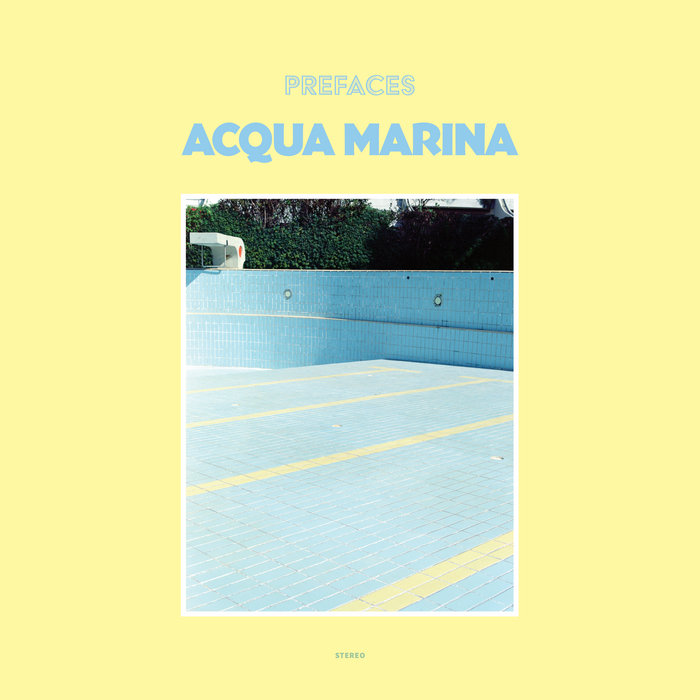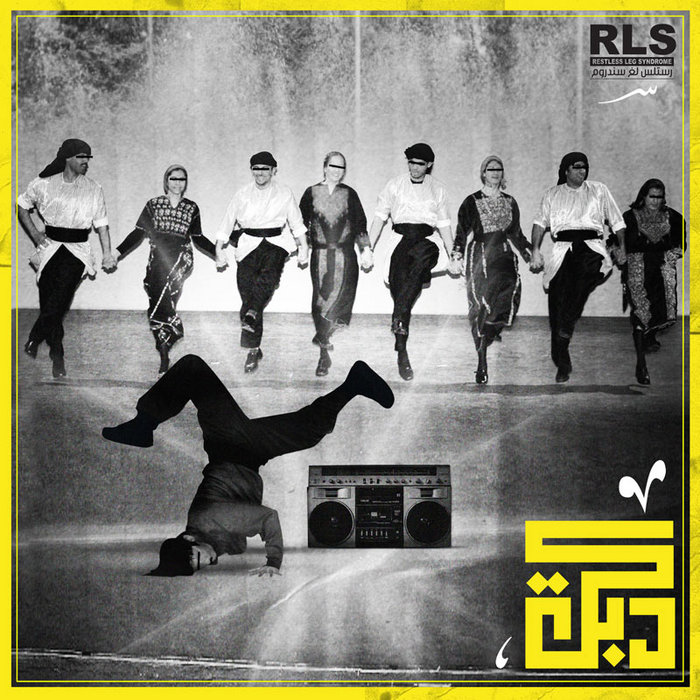
Sultan Brahim – Prefaces
this blog is GROOVY – check out great Soul, Funk, Jazz, Hip Hop, Bass, Breaks , Reggae, House n many more TUNES
Lebanon is a small country with a massive musical heart, pulsating with rhythm and melody since ancient times. The history of Lebanese music is not just about the sound; it’s also about culture, politics, and some downright funny moments that make it all the more enchanting. So grab your favorite snack, put on your best dancing shoes, and let’s dive into the groovy world of Lebanon’s music!
The roots of Lebanese music stretch back to antiquity when it was influenced by various civilizations — from Phoenicians to Romans. These ancient folks didn’t have Spotify or YouTube but boy did they know how to jam! They played lyres made from animal skins and crafted drums out of clay pots. Imagine them gathering around a fire under the stars in Baalbek, belting out tunes with no microphones in sight — talk about acoustic magic!
Fast forward to today, and you’ll find that traditional Lebanese music blends sounds from Arabic folk traditions like Mawwal (a type of vocal improvisation) with Western styles. Instruments like the oud, qanun, and darbuka form the backbone of this rich tapestry.
Funny fact alert! Some musicians struggle so hard to play their instruments in crowded places that there are tales of taxi drivers refusing rides unless they stop playing! That shows just how infectious those beats can be.
The 20th century saw an explosion in popular music across Lebanon. Stars like Fairuz, Sabah, and Wadi Al Safi took center stage — literally! Fairuz became known as “the soul of Lebanon,” singing songs that people couldn’t help but whistle while walking down busy streets.
And speaking of whistling, legend has it that Fairuz’s fans were so devoted they would attempt synchronized whistling at her concerts…sometimes ending up sounding like confused birds instead!
As we moved through the decades, influences from neighboring countries began seeping into Lebanese rhythms. Enter Raï—originally an Algerian genre—that shook things up in clubs across Beirut in the ’80s. Artists like Rachid Taha brought raï sounds into mainstream parties where everyone danced without care.
However…funny thing happened when some musicians tried mixing Raï with other genres but accidentally ended up creating what fans lovingly dubbed “Rai-p!” Imagine being at a club thinking you’re going for one vibe only for someone to drop funky beats over classic raï—it was wild!
Come late ’90s-early 2000s; enter pop icons such as Nancy Ajram, Haifa Wehbe, and others who dominated airwaves across Arab countries (and social media feeds today!). Nancy even won hearts globally by collaborating on hits featuring catchy choruses along with dance moves guaranteed to get anyone off their couch!
And let’s showcase another quirk: rumor has it that Haifa once attempted cooking classes before embarking on her singing career—imagine trying your hand at making tabbouleh while belting out high notes? Multitasking goals right there!
In recent years ,Lebanese hip hop has been carving its niche thanks largely due talent emerging from urban centers such as Beirut where artists explore issues ranging from identity struggles through powerful lyrics layered atop slick production values . Notable names include brothers Yazan & Saif Kheir who formed collective PALPATE alongside other creatives pushing boundaries within contemporary scene .
On another note ; ever seen rappers debate whether cyphers should happen only inside diabolical underground venues ? It turns out sometimes they forget common sense – resulting hilarious discussions over which café serves better coffee for post-jam chill sessions !
From traditional melodies echoing through mountainsides; daring fusions shaking corners cafès – every beat represents resilient spirit togetherness amongst diverse peoples enriching fabric society ,thus redeeming troubles faced throughout tumultuous historical chapters revealing joys laughter found amid chaos .
So remember : next time you tune into these amazing creations remind yourself why great things often mix bother sides spectrum . And don’t hesitate give ventriloquist style serenade days gone past ! Let loose those vibes groove along timeless journey awaits beckoning adventure await …
There you go friends – here’s hoping this quick jaunt helped spark curiosity delve deeper wonderful realm memories mere mortals manage create wield simple tools accessible creativity wisdom passed generation generation same ground shared all around us makes life worth living truly beautiful way each unique sound tells story we ought cherish always – keep grooving !

Sultan Brahim – Prefaces

Dabkeh – Restless Leg Syndrome